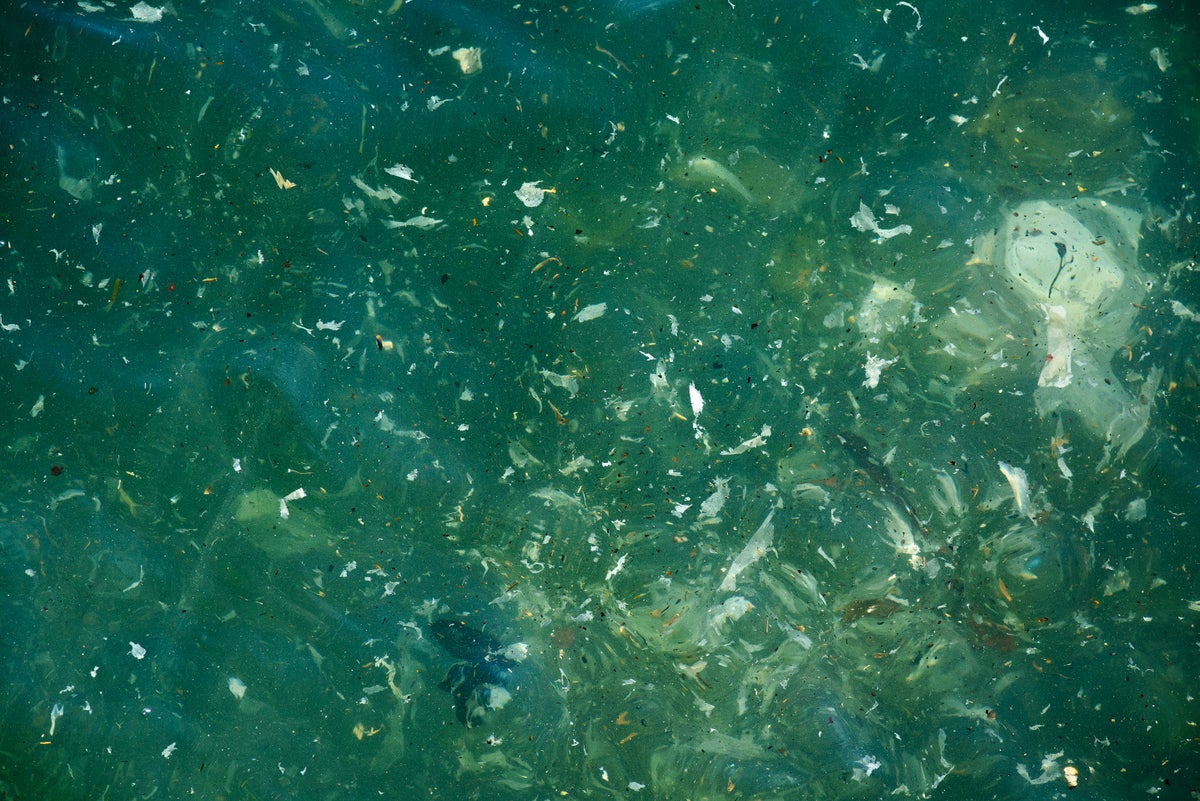
"Researchers have identified nanoplastics, defined as plastic pieces with a diameter of less than one micrometre, as a significant and pervasive form of marine pollution."
"In the North Atlantic Ocean, average concentrations of nanoplastics were found to be 18 milligrams per metre cubed, indicating the presence of 27 million tonnes in the surface layer."
"Nanoplastics constitute the dominant fraction of marine plastic pollution, significantly overshadowing the estimated 3 million tonnes of larger floating plastic pollution in the oceans."
"Comparative studies of nanoplastics and microplastics reveal distinct behaviors at varying scales, suggesting significant implications for environmental health and marine life."
Researchers have discovered that nanoplastics, measured at less than one micrometre, are widespread across various environments including cities and remote locations. A recent study sampled water in the North Atlantic, revealing three types of nanoplastic: PET, PS, and PVC, present at an average concentration of 18 milligrams per cubic metre. This translates to an estimated 27 million tonnes of nanoplastics in just the top layer of the ocean. These particles represent a significant portion of marine plastic pollution, far surpassing the floating debris previously estimated at around 3 million tonnes.
Read at www.nature.com
Unable to calculate read time
Collection
[
|
...
]